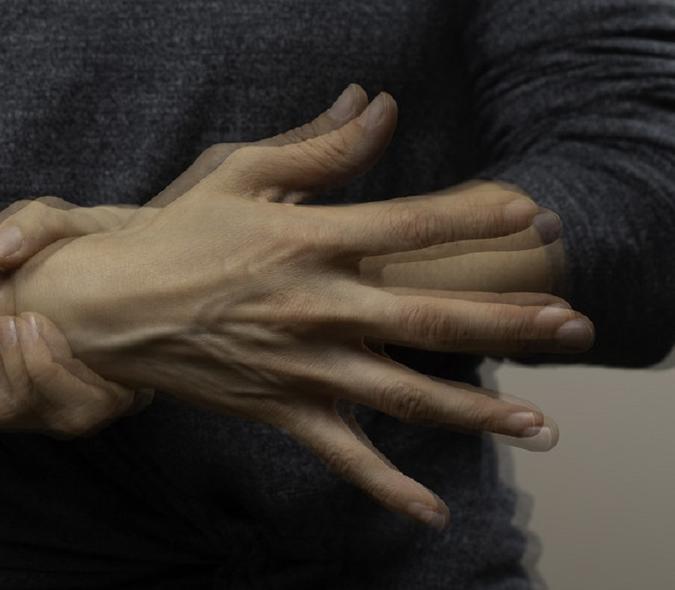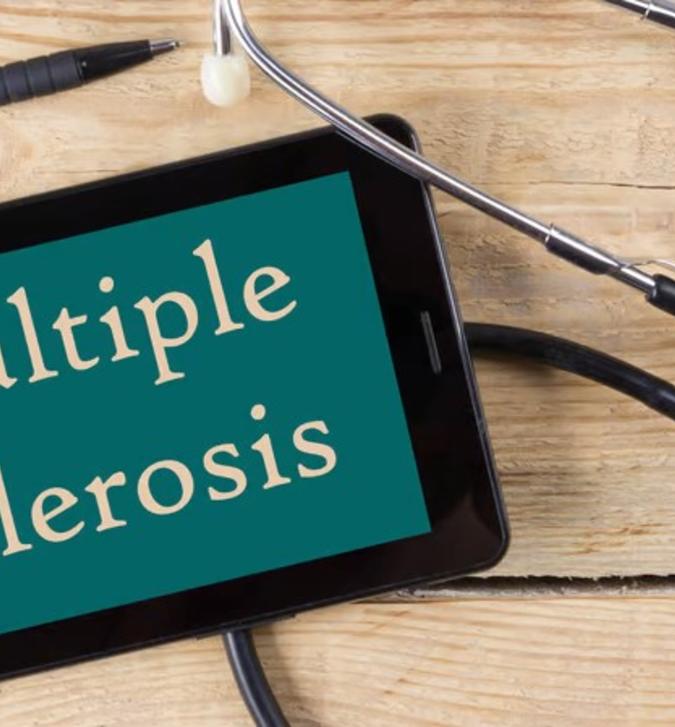
What does a physiatrist do? How do they help their patients?
According to the American Association of Physical Medicine and Rehabilitation, a physiatrist or PM&R physician, “is a medical doctor who has completed training in the specialty of Physical Medicine and Rehabilitation and may be subspecialty certified or fellowship trained in Brain Injury Medicine, Hospice and Palliative Medicine, Neuromuscular Medicine, Pain Medicine, Pediatric Rehabilitation Medicine, Spinal Cord Injury Medicine, and/or Sports Medicine.” Other subspecialties include Stroke, Amputee and Cancer Rehabilitation.
Parisa Salehi, MD, is a board-certified physiatrist in the Department of Rehabilitation Medicine with additional board certifications in Brain Injury and Electrodiagnostic Medicine (allowing her to perform Nerve Conduction Study/Electromyography, used to diagnose nerve or muscle-related issues).
How are physiatrists different than physical therapists?
A physiatrist is a physician and must first earn either a medical (MD) or Doctor of Osteopathic Medicine (DO) degree and then complete a four-year PM&R residency with subsequent fellowships. Physical therapists complete a shorter and more focused professional training and must then pass a state licensure exam.
Physiatrists can prescribe medication and give injections; physical therapists manage prescribed exercises and hands-on care. They often work as members of a team to provide optimal rehabilitation care for the patients.
Why should I see a physiatrist?
“There is a broad spectrum of practice in physiatry,” said Dr. Salehi. “Our patients range in age from children to the elderly. We work with them on their medical and rehab needs to make them more functional.”
That work can be in neuro-rehab, treating patients with conditions such as traumatic brain injury (TBI), brain tumor or aneurysm, stroke, spinal cord injury, or Parkinson’s disease. The physiatrist may also help patients with musculoskeletal issues and provide non-surgical management of back, neck, and joint pain. They work with amputees and more recently, help treat patients with post-COVID syndrome. “What we all have in common is to look at what’s affecting the patient’s function from a neurological, pain, or musculoskeletal perspective,” said Dr. Salehi. “And then help them get back to optimal function.”
What does a physiatrist focus on?
More than other specialties, physiatrists look at the big picture, noted Dr. Salehi. “We treat people as a whole,” she said. “We also always look at function – how much they’re off baseline and how we can improve that. And when we consider therapies, medications, interventions, or injections, we ask ourselves about goals – how effective will the treatments be? You can order all the therapies in the world, but if you don’t define goals and expectations, you won’t have optimal outcomes.”
Physiatrists work in two different settings: inpatient and outpatient. “With inpatient care, it’s usually on the acute rehab unit in the hospital,” said Dr. Salehi. “We collaborate with nursing, therapists, social workers, dietitians, care coordinators, and other consulting physicians to treat our patients on the unit, managing their medical and rehab needs in transition from recent hospitalization to home.” In the clinic or outpatient setting, it’s more about subspecialties. “We have clinics for conditions such as stroke, TBI, amputation, wound care, cancer rehabilitation, medical spine, pediatric rehab, and movement disorders and dystonia where we manage patients according to their specific needs,” she explained.
Who does a physiatrist collaborate with?
The primary collaboration is with different types of therapists:
- Physical therapists. “Physical therapists help you figure out how to get from point A to point B,” said Dr. Salehi. “They work with patients to relearn or do things such as getting out of a chair and walking or using a wheelchair or any type of equipment designed to help you get moving.”
- Speech therapists: help patients with speech difficulties such as aphasia (loss of the ability to understand or express speech caused by brain damage), cognitive issues and dysphagia (difficulty swallowing)
- Occupational therapists: help patients with activities related to their daily lives – how to get dressed, got to the bathroom, etc.
- Recreational therapists: help people get back to their communities and to activities such as using the bus or a taxi or to doing what they love to do in their spare time
- Rehabilitation psychologists: help patients adjust to their new functional reality
- Social workers: connect patients to the resources they need, and
- Care coordinators: help patients navigate all the above.
“We also work with many different consulting providers and advanced practice practitioners,” said Dr. Salehi. “It all depends on what’s going on with the patient.”
What are some trends in physiatry?
In addition to rising to the ongoing challenge of treating patients with post-COVID syndrome, physiatrists are seeing several other trends in their specialty. "We perform many ultrasound-guided musculoskeletal injections and minimally invasive pain interventions such as peripheral nerve stimulation," said Dr. Salehi. "Newer, highly functional prostheses for upper and lower limb amputees are also a very welcome addition to the physiatrist's world."



